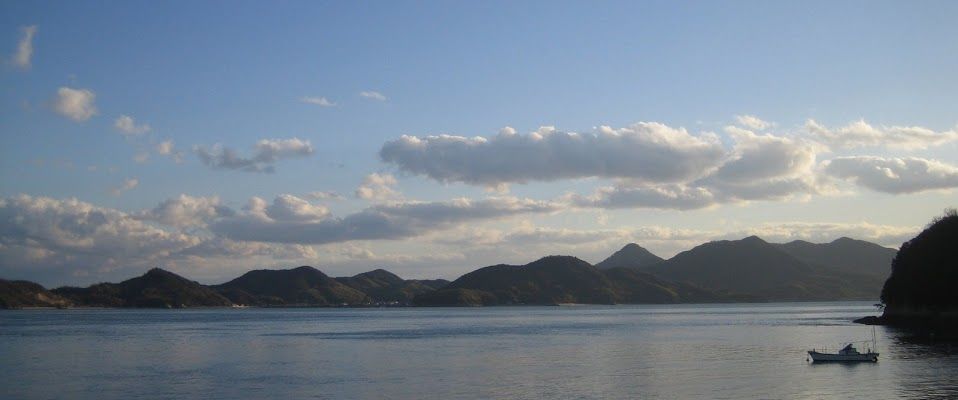Cat Island: Felines Outnumber People 10-to-1 at This Tourist Attraction
Guide to Japan Travel- English
- 日本語
- 简体字
- 繁體字
- Français
- Español
- العربية
- Русский
 A fishing boat on the tranquil waters of the Inland Sea (Seto Naikai).
A fishing boat on the tranquil waters of the Inland Sea (Seto Naikai).
It may be hard to imagine when you’re being packed into a crowded Tokyo subway train or fighting your way through the Friday night crowds in downtown Osaka or Hiroshima, but in many parts of Japan the biggest population problem is not that there are too many people but that there are too few.
In some parts of rural Japan, communities are threatened with extinction. In these remote villages, a dwindling population of mostly elderly people enjoys a slow-paced life of pickle-making and landscape-watching in the midst of unspoiled natural beauty that feels a million miles (and at least 100 years) removed from the rush and noise of the big cities. But there are serious doubts about the long-term viability of many of these villages. Settlements where people over 65 make up more than half the population are known as genkai shūraku, or “marginal communities.” There are many thousands of these villages throughout the country. Preventing the countryside from becoming a scenic but under-populated place where with more cats than people is one of the major challenges facing Japan’s politicians and sociologists.
Few places illustrate this phenomenon as impressively as the small island of Aoshima, off the coast of Ehime Prefecture, Shikoku. Thirteen kilometers offshore from the attractive castle town of Ōzu, the tiny island extends 1.5 kilometers from east to west and just 500 meters from north to south. The island now has a population of just 15 people—and more than 10 times as many cats.
The island is one of hundreds in the Inland Sea—an area of exceptional natural beauty memorably described by Donald Richie in his travel classic The Inland Sea.
They rise gracefully from this protected, stormless sea, as if they had just emerged, their beaches, piers, harbors all intact . . . A castaway, given a choice between a Greek and a Japanese island, would swim toward the latter. It looks like a place where it would be nice to live.
Despite their natural beauty, over the past few decades these islands have suffered a massive loss of population and have become cut off from the mainstream prosperity of Japanese life. As recently as 1960, Aoshima was home to 655 people. But in the boom years that followed, young people left in search of better opportunities elsewhere. Most of them never came back.
Today, the population that remains is old. Four people still work as fishermen; everyone else depends on their pensions. There are no cars, and just one boat a day connects the island to the mainland.
Since the human population dropped below 50 around ten years ago, cats have been stepping in to make up the numbers. The abandoned houses on the island provided the perfect refuge for strays, which took over when the original owners moved out. Nature took its course and today hundreds of cats roam free over the island.
A video guide to some of the island's inhabitants.
Recently, online blogs featuring photos of the island and its cats have turned Aoshima into something of a tourist attraction. The island’s paltry population is now routinely doubled or tripled on weekends by an influx of visitors from the cities and towns along the Shikoku and Honshū coasts of the Inland Sea. According to a report in Monday’s Yomiuri Shimbun, around 60 people visited over the weekend of September 28–29. These numbers hardly represent a threat to Tokyo Disneyland. But they have been enough to startle the locals, who had been used to drifting through the days with just the sighing of the waves and the mewing of the cats for company. The Yomiuri spoke to the captain of the island’s boat, who seemed perplexed by the sudden upturn in his business: “We never had anything like this before, with tourists coming to the island every week. I don’t get it, really. I mean, there’s nothing here but a bunch of cats.”
For many, that is precisely the attraction. In a land where people pay good money to spend time in a cat café, the idea of a whole island full of furry felines is apparently one that many find irresistible. A representative from the Ōzu tourist office admitted that the city was looking into the potential for turning the island and its cats into an official tourist draw.
For more Nippon.com content on Japan’s cuddly cats, see our ever-popular collection of photos of Enjoying Life One Day at a Time: A Grandma and Her Cat. (PW)